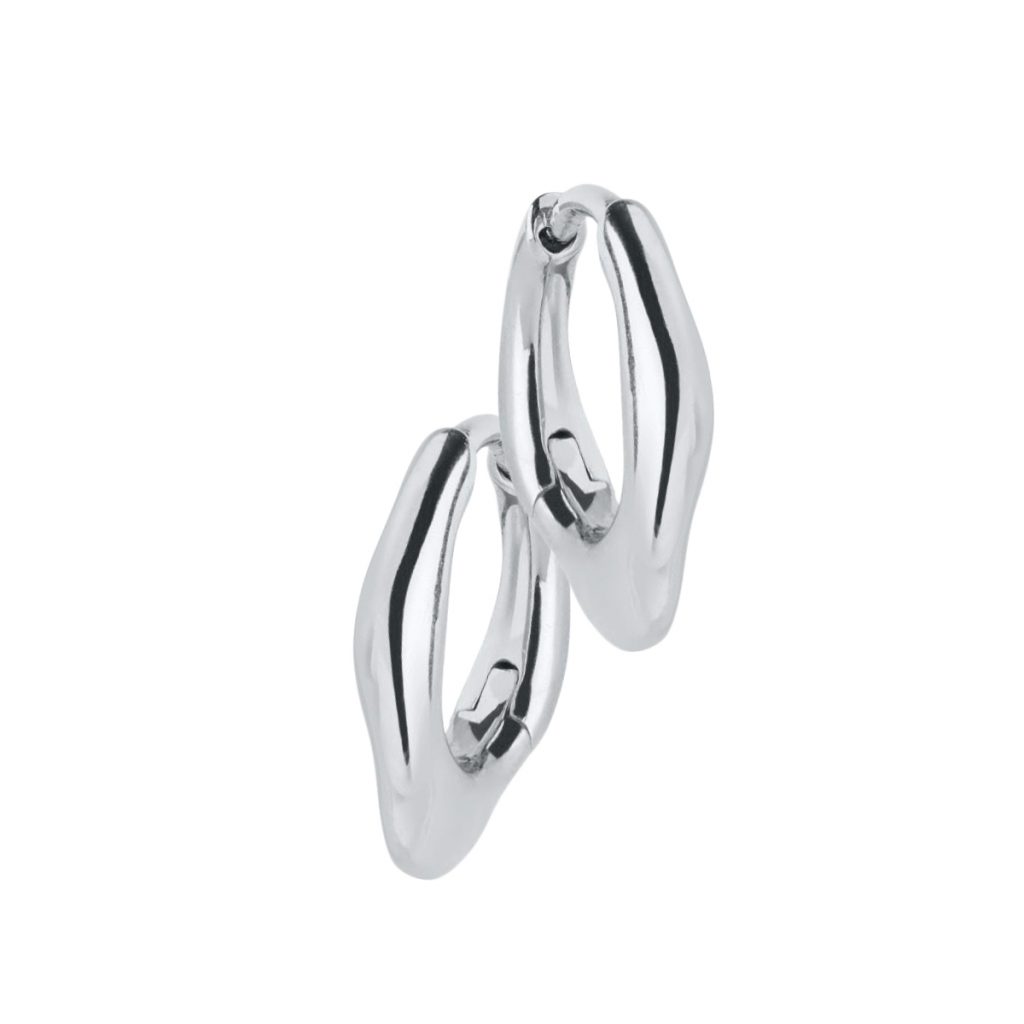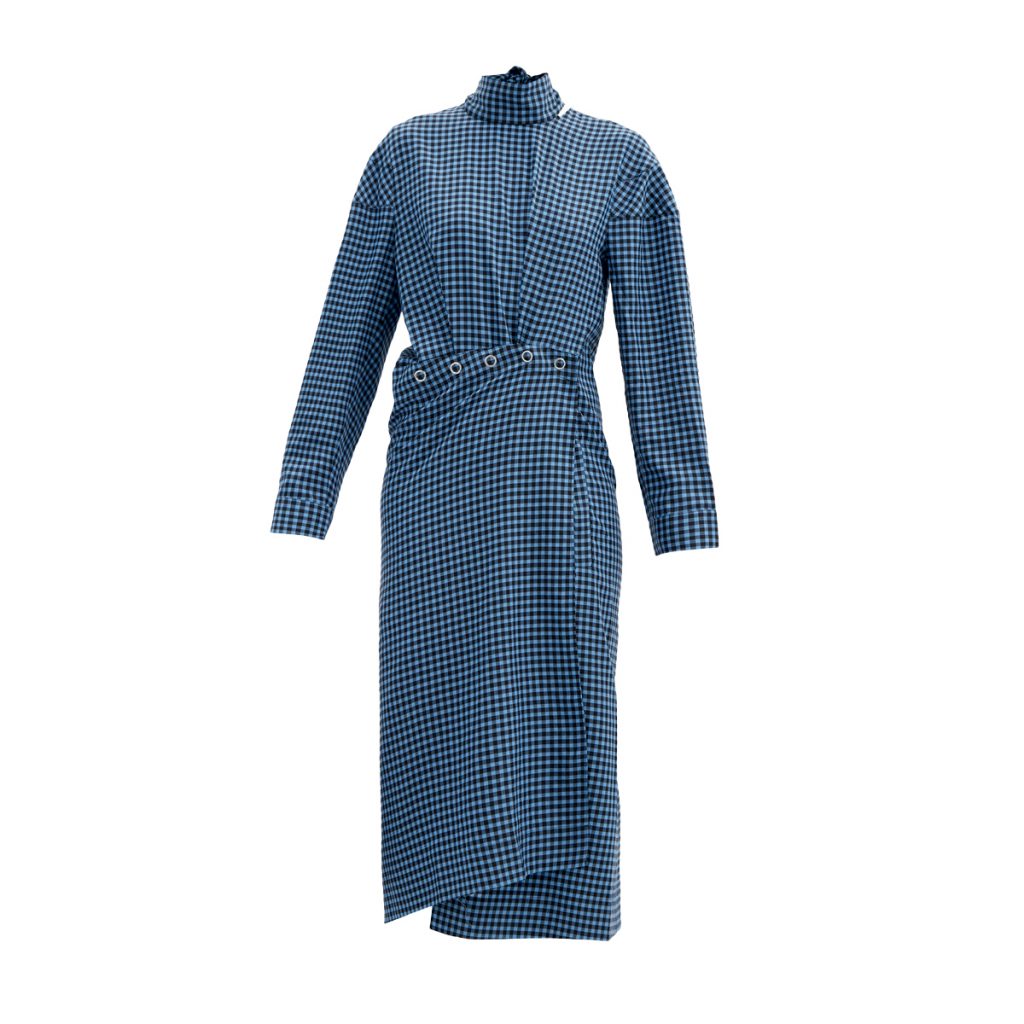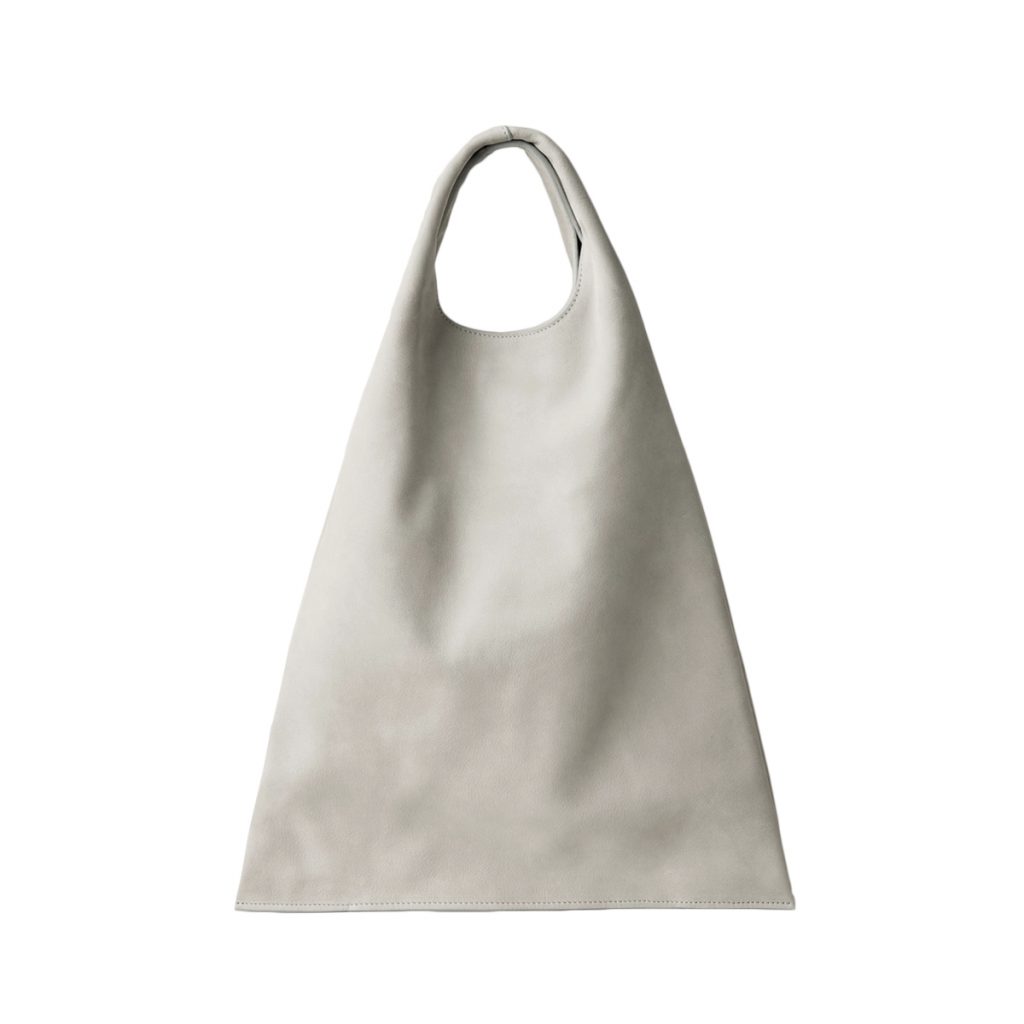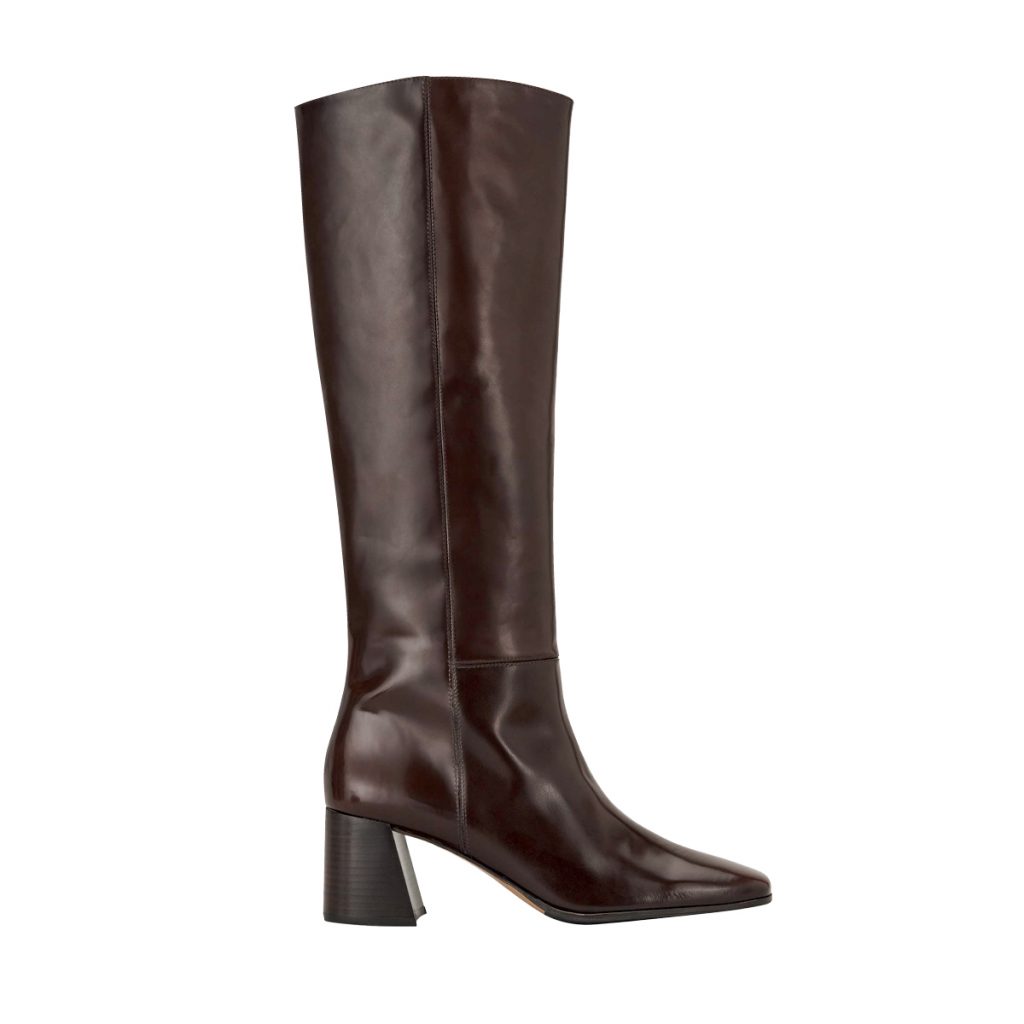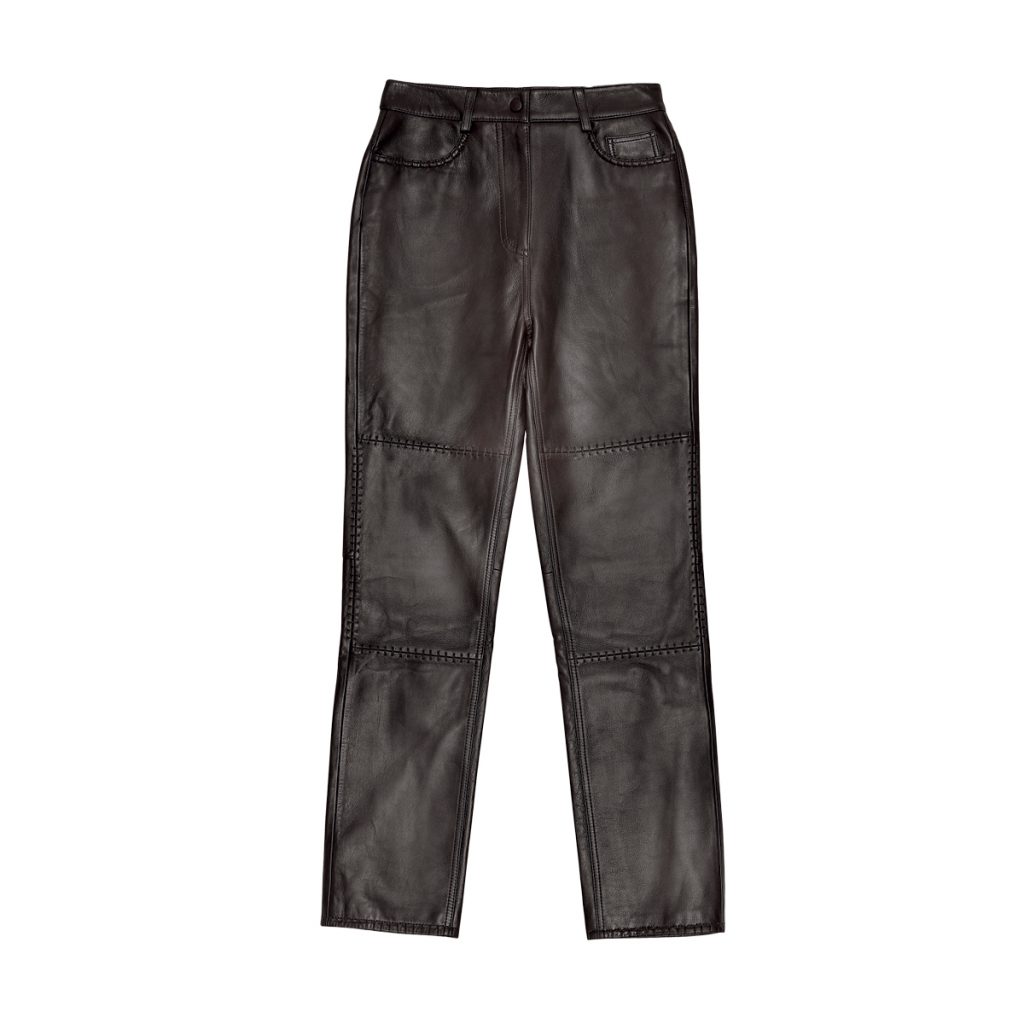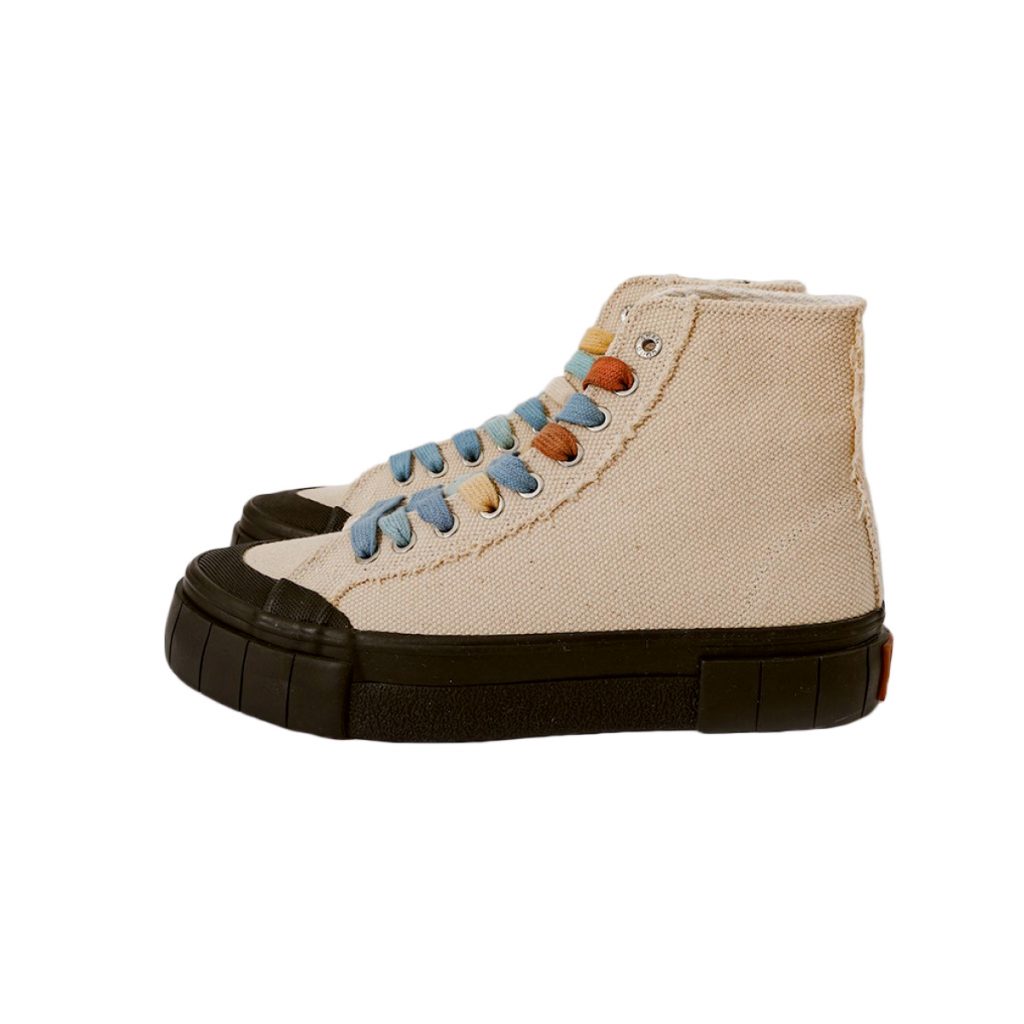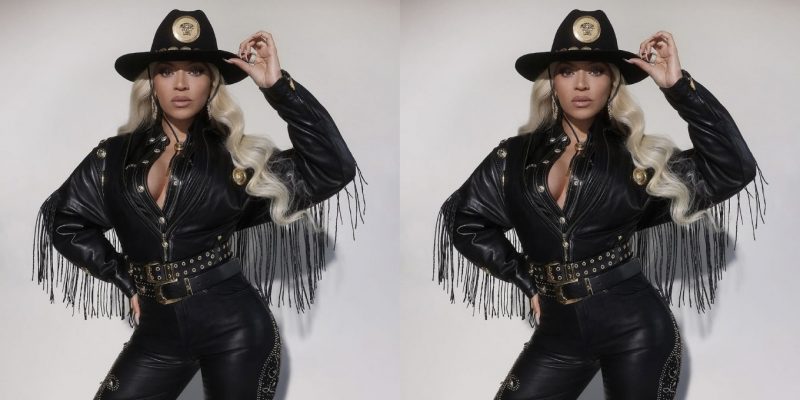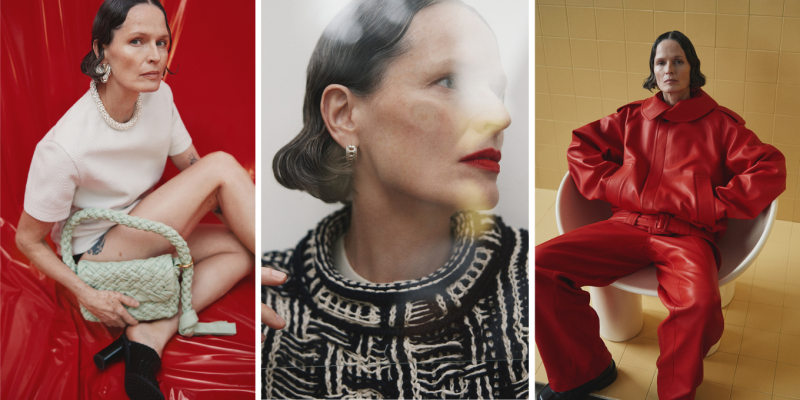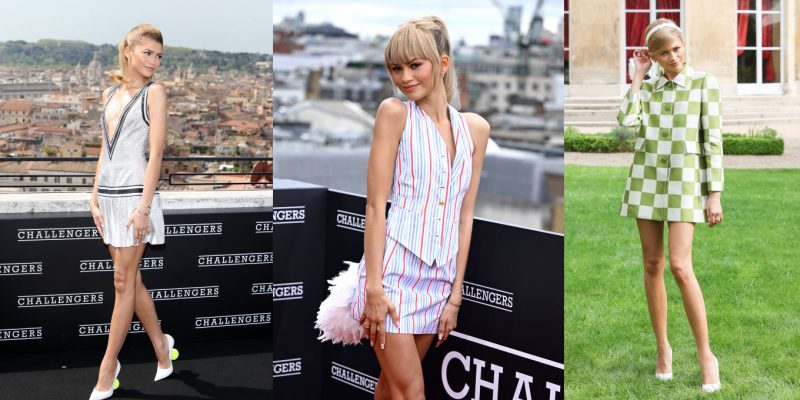Trends
The Battle of Stuff & Style
For years, we've been making trend-driven impulse buys; will this crisis-filled moment help us refocus on the essential purpose of fashion?
by : Leanne Delap- Dec 1st, 2020

Lauren Tamaki
Throughout this preposterous year, it seems we’ve all been quaran-cleaning our closets while simultaneously clogging them back up with impulse thrills. Our routines have been thrown dangerously out of whack, and our identities have been unsettled—and our muddled style is the collateral damage.
To move forward, we must clarify our chaotic closets and parse the difference between the stuff we’ve accumulated and the image we wish to project. After all, we’ve changed, and our style may need to shift to reflect that. “Cars choose a lane so they don’t crash,” says Tibi founder Amy Smilovic matter-of-factly. And so must we when considering our style. Smilovic knows the power that sartorial perspective can wield. A marketer by trade, she founded the contemporary designer label in Hong Kong in 1997. Then, 10 years ago, she made a sharp pivot, taking Tibi from a brand that delivered trends to a brand that delivers a point of view—her point of view. (It’s one that prizes balance and versatility, as seen in the brilliant shirts with detachable neckties from her fall collection and the sleek sweats-style mix-and-match pieces for spring.)
Crisis can spark clarity and creativity, it seems. Toronto-based stylist Kealan Sullivan of 69Vintage owned a series of renowned vintage boutiques on Queen Street West from the early 2000s to 2016 and then went on to rally the vintage community by creating pop-up markets. When gatherings went on forced hiatus, Sullivan found herself merchandising outfit dioramas in her bedroom window. The idea was to entertain herself, but it inspired a pandemic shift, and she began selling off much of her private collection on Instagram live.
The pare-down forced Sullivan to consider the difference between stuff—trendy pieces we thoughtlessly click-to-buy out of a need to fit in or for stress release—and style, which is an essential expression of who we are and how we want to present ourselves to the world. She used that breakthrough to launch a new business venture: building custom capsule wardrobes that help sharpen and enhance a client’s style after dig-deep online consults. “We need to get rid of the stuff that clogs up the flow,” she says. “We need to reinforce who we are—for ourselves and for others.”
Actor Amanda Brugel, who stars in The Handmaid’s Tale, is a regular on best-dressed lists and is featured in HBC’s fall fashion campaign, has always understood the inherent platform that fashion provides—after all, she’s fluent in red-carpet style and social media. And though she has long been a champion for female and BIPOC talent, as social-justice issues have become even more urgent, she has found herself increasingly committed to editing meaningless pieces of her wardrobe. “My desire to wear BIPOC designers has significantly sharpened,” she says. “It’s my duty to promote Black businesses—to put my own money back into the pockets of artists whom I identify with.”
Because for Brugel,“stuff”is defined as necessary utilitarian pieces—white shirt for auditions, gear to get through a Canadian winter—but style? “It reminds me that I am still my own person,” she says. “It is my armour.”
Hidden within any crisis is an opportunity to refine, to reinvent, to iterate—to figure out who we are now and what we believe in. And only then can we find a way to amplify that message with our wardrobe.
Building blocks
How to establish a style.
“Style is the combination of items you have chosen, bought or made — coupled with the swagger with which you wear them,” says Amy Smilovic. “Think of ‘stuff’ as the letters used to form words to tell your story.” If you don’t know your style, “you can’t make a coherent story.” Smilovic honed her own brand by documenting her outfits on Instagram “only when [she] felt good about [herself].” She used the visual diary to refine the pieces in her wardrobe, highlighting the “without fail” items that never let her down as well as the “in and outs,” which were the little seasonal refreshers. (She’s adamant that you should replace one of these items every time you add in a new find.) The processs pawned an upcoming book about personal style. And it revealed what Smilovic feels is the perfect formula for a well-balanced outfit: chill, modern and classic. An outfit that feels “on” for Smilovic pairs elements that are low-slung and laid-back, pieces that are a nod to the avant-garde and tried-and-true components that give the look backbone.
Less is more
How to curate a timeless look.
Kealan Sullivan recommends using a clothing rack to help determine what’s essential to your wardrobe. “Pull out the most loved and versatile pieces and put them on the rack,” she says. “My question is: If you don’t love it, why is it there?” Once you have weeded out the filler, build new outfits on the floor from your best-of rack. Your wardrobe, she says, should be like an art collection—something you build and evolve and curate over time. “A bad outfit is like a painting that is hung askew,” she says. “It feels off-kilter.” To help create balance, “find your look and build on it,” she says. “Don’t be afraid of a uniform. Build on a basic white T-shirt and good denim; look for a clean, modern shoe, and then add a statement jacket. It could be a kimono or a cropped bed jacket or an oversized cardigan or a trench, but that is where you can add in the quirky and the personal.” Don’t rush to refine your look, she adds. “Good pieces are meant to stand the test of time.”
Newsletter
Join our mailing list for the latest and biggest in fashion trends, beauty, culture and celebrity.
More from Trends
Read Next

Beauty
The Best Met Gala Beauty Looks Of All Time
From Taylor Swift's 'Bleachella' era to Rihanna's iconic 2011 braids, meet the best beauty moments in Met Gala history.
by : Katie Withington- Apr 26th, 2024

Culture
Benny Blanco Says He Fell in Love With Selena Gomez Without ‘Even Noticing’ It
Allow Benny Blanco to tell the straight-from-a-rom-com story of how he realized his feelings for his girlfriend and longtime friend.
by : Alyssa Bailey- Apr 26th, 2024

Beauty
Summer Prep: How to Feel Confident in Your Swimsuit
New Size-Inclusive Swimwear: Gillette Venus partners with The Saltwater Collective to Launch a Collection for Any Body
by : ELLE Canada- Apr 24th, 2024

